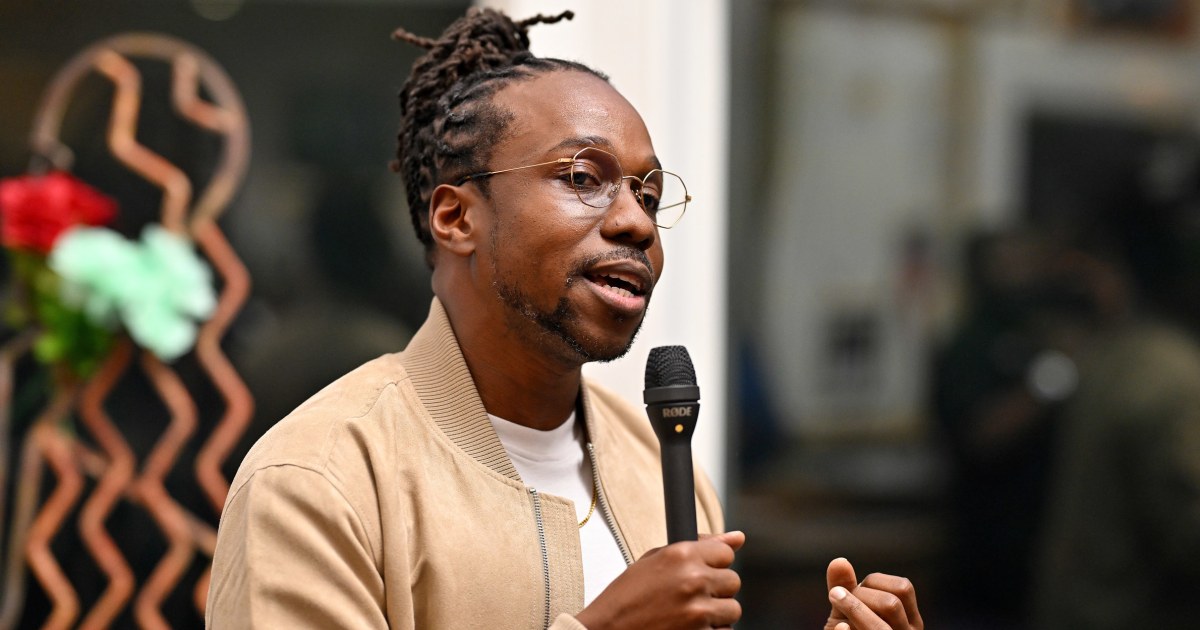A new report commissioned by a labor-backed group is examining a problem many Democrats might rather ignore: the exodus of working-class voters from the party they used to call home.
Republicans under former President Donald Trump have been making inroads in the working class, including among Black and Hispanic voters, while Democrats have been gaining suburban moderates and highly educated professionals that used to vote Republican.
“Increasingly, Republicans are the party of working class people,” Ohio Sen. JD Vance, Donald Trump’s running mate, said during a recent podcast interview, while noting that CEOs and other wealthy professionals have shifted toward Democrats.
Some voices on the left have downplayed the significance or even denied the loss of working class voters, but the data is increasingly clear and signs of realignment are everywhere.
“I’ve watched as MAGA flags have encroached into my community, which used to be a solid deep-blue working-class suburb of New York made of ethnic whites and people of color,” said Maurice Mitchell, the national director of the Working Families Party, a labor-backed group that aims to organize a multiracial working-class coalition. “Republicans are making inroads into the working class, and it’s not just white working class people.”
A nonprofit offshoot of Working Families embarked on an extensive research project last year to try to take an honest accounting of Democrats’ problems with working-class voters and find effective messages for the Democratic presidential campaign and others. The group shared its findings exclusively with NBC News.
“We take the right wing and Republican Party seriously when they say they want to be the party of the working class,” Mitchell said. “And as much as Democrats are interested in organizing working-class people, and we don’t deny their sincerity, we wanted to start with a grounded place that provides the most accurate picture.”
The effort started with an attempt to better understand the working class of the 21st century by creating a more nuanced definition of the demographic and breaking it down into seven values-based typologies. Those categories were based on a battery of 40 questions put to more than 5,000 participants in surveys conducted with HIT Strategies, a Democratic research firm.
The conclusions, laid out in a 60-page research report and accompanying 23-page political handbook, was shared for the first time this week in a virtual meeting with 160 representatives of left-leaning organizations and labor unions.
Too often, the report argues, working-class voters are thought of as white men without college degrees, likely involved in a trade like plumbing. In reality, the working class includes men and women of all races who work in trades and in the service sector as waiters, retail clerks, nurses and medical assistants, customer service representatives, hairdressers, IT techs, social workers, teachers, gambling dealers, dental hygienists, warehouse workers and more.
The result is a novel approach to analyze the working class, which the report says represents about 63% of the electorate.
“The working class represents a gigantic share of the electorate. Yet ideological differences within the working class are almost never explored in any systematic way,” the report states.
Educational attainment and income have traditionally been used to define the demographic, but the report incorporates more detailed metrics like occupational category, so that a bartender or teacher with a college degree does not automatically get sorted into the middle class, while a successful business owner without a college degree, like a car dealer or franchise owner, does not automatically get categorized as a working-class voter.
The report sorted people into seven subtypes, each of roughly equal size, arranged on the ideological spectrum from “Next Gen Left” to “Core MAGA,” but the research is especially interested in the four groups in the middle that it says are “cross-pressured,” with values that are best represented in both parties.
Those groups include “Tuned Out Persuadables,” “Anti Woke Traditionalists,” “Diverse Disaffected Conservatives” and “Secure Suburbans.”
The cohorts may look different demographically, but more importantly, they’re sorted by their feelings about economic, social and cultural issues. The key to reaching these cross-pressured sections of the working class, according to the report, is different depending on what messages resonate with each subgroup.
For instance, the research found that populist economic messages about taking on corporations and “big money” in politics are generally popular across the working class, while less effective messages included focusing on the Biden-Harris administration’s work on climate and infrastructure or on Harris’ potential to make history as the first woman president.
If nothing else, Mitchell hopes the research will push Democrats to take seriously the erosion with working class voters and to move beyond one-size-fits all stereotypes when thinking about how to talk to working-class voters.
“It’s not helpful to flatten working-class people into one monolith,” said Mitchell.


